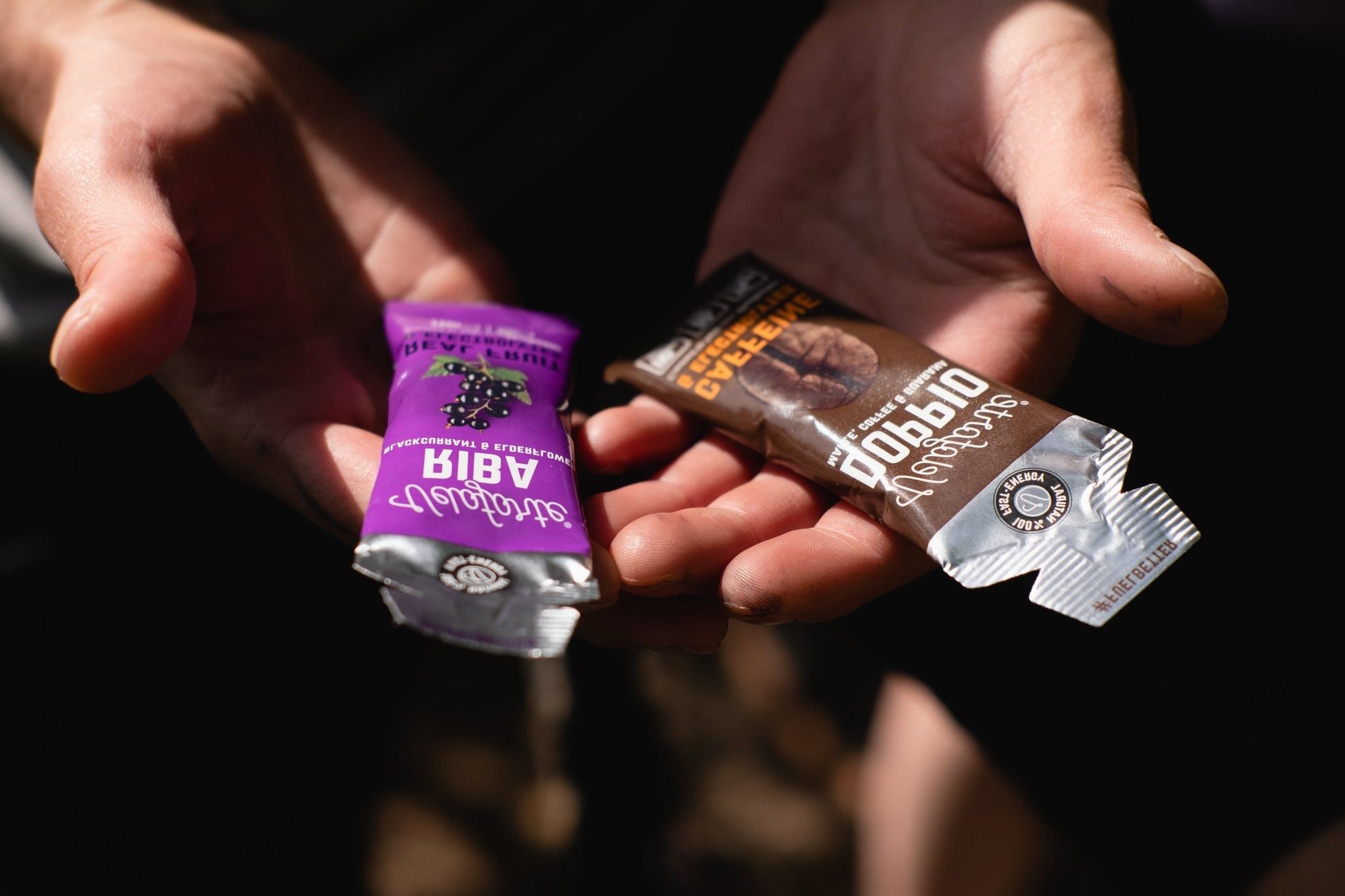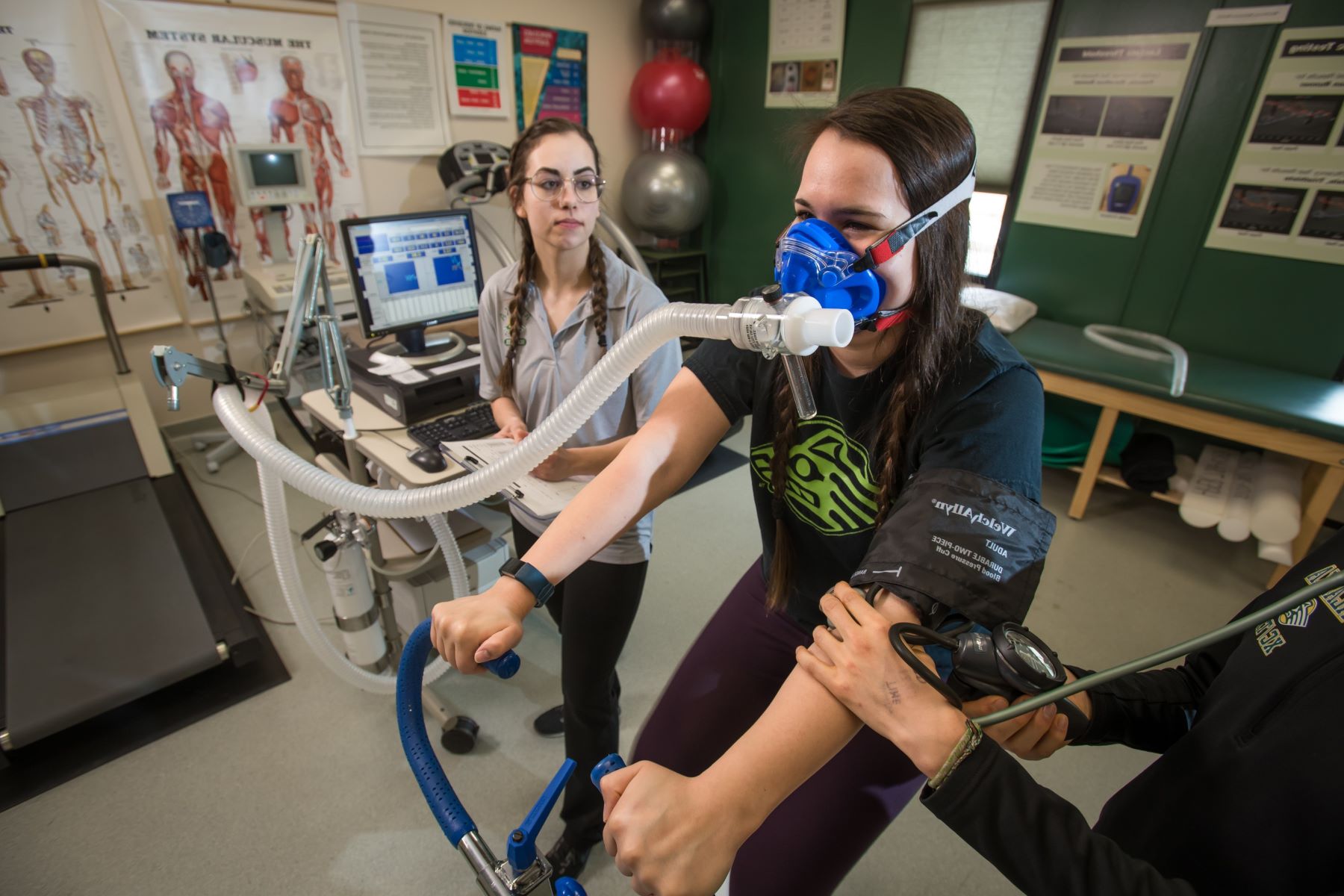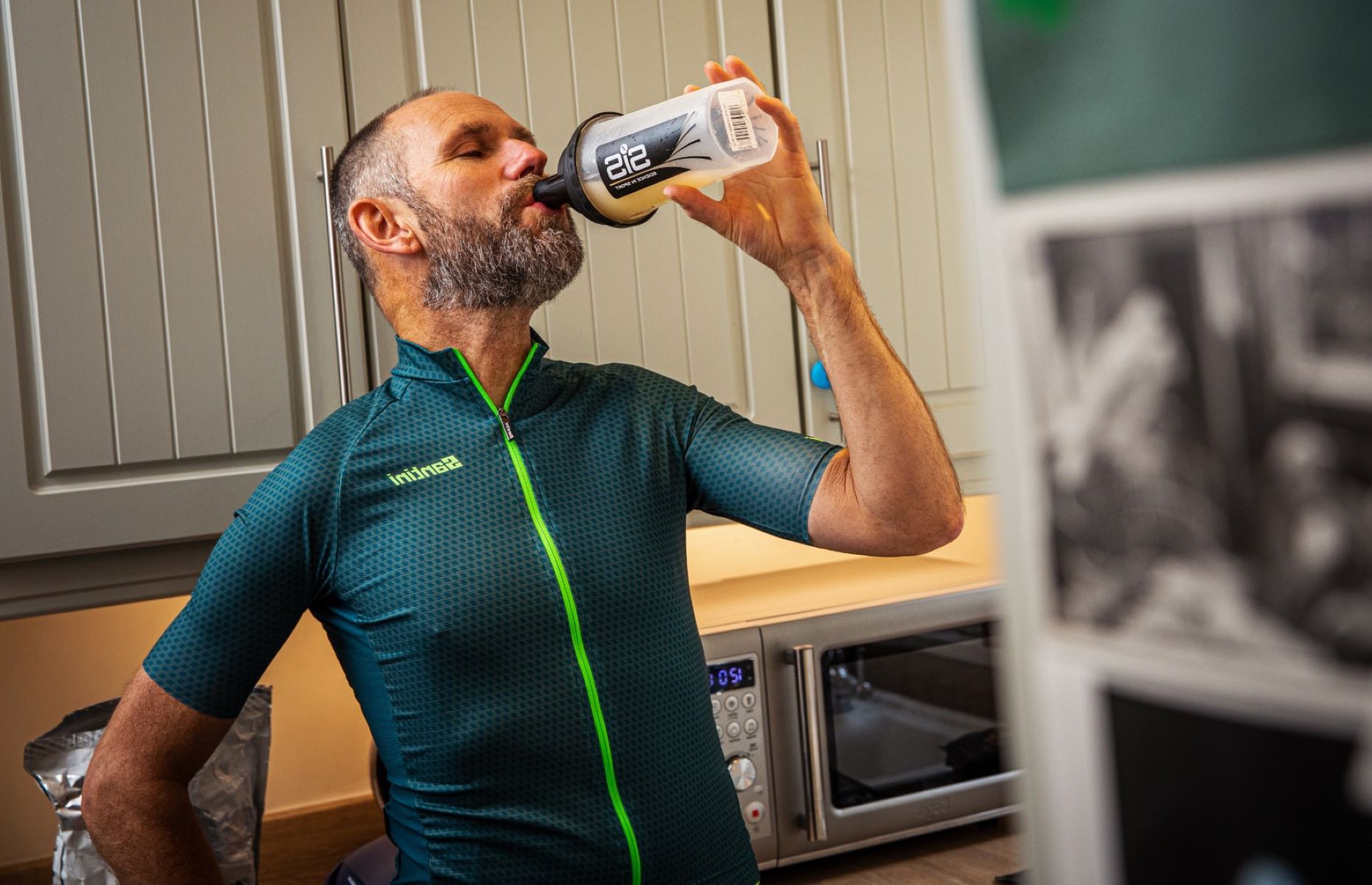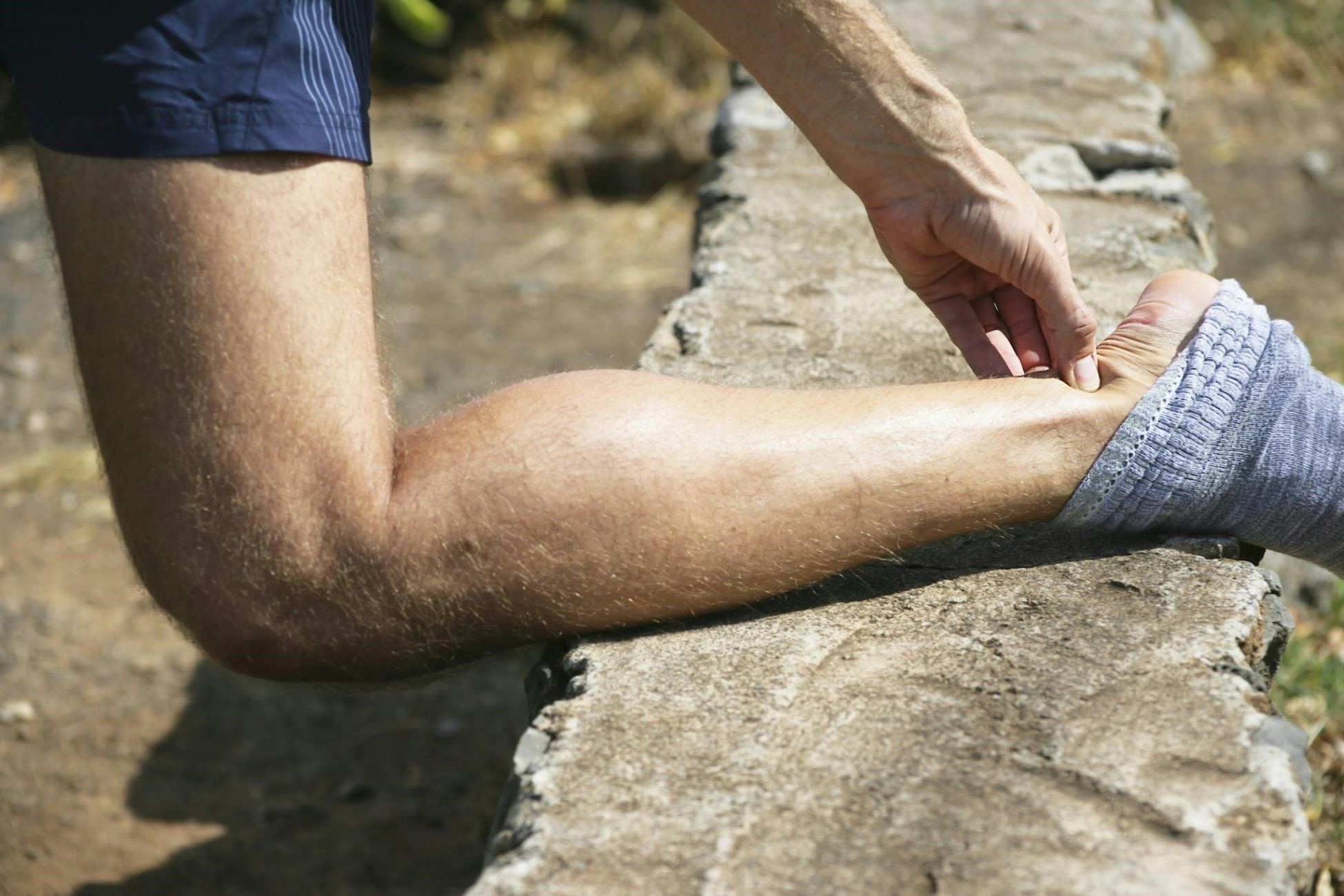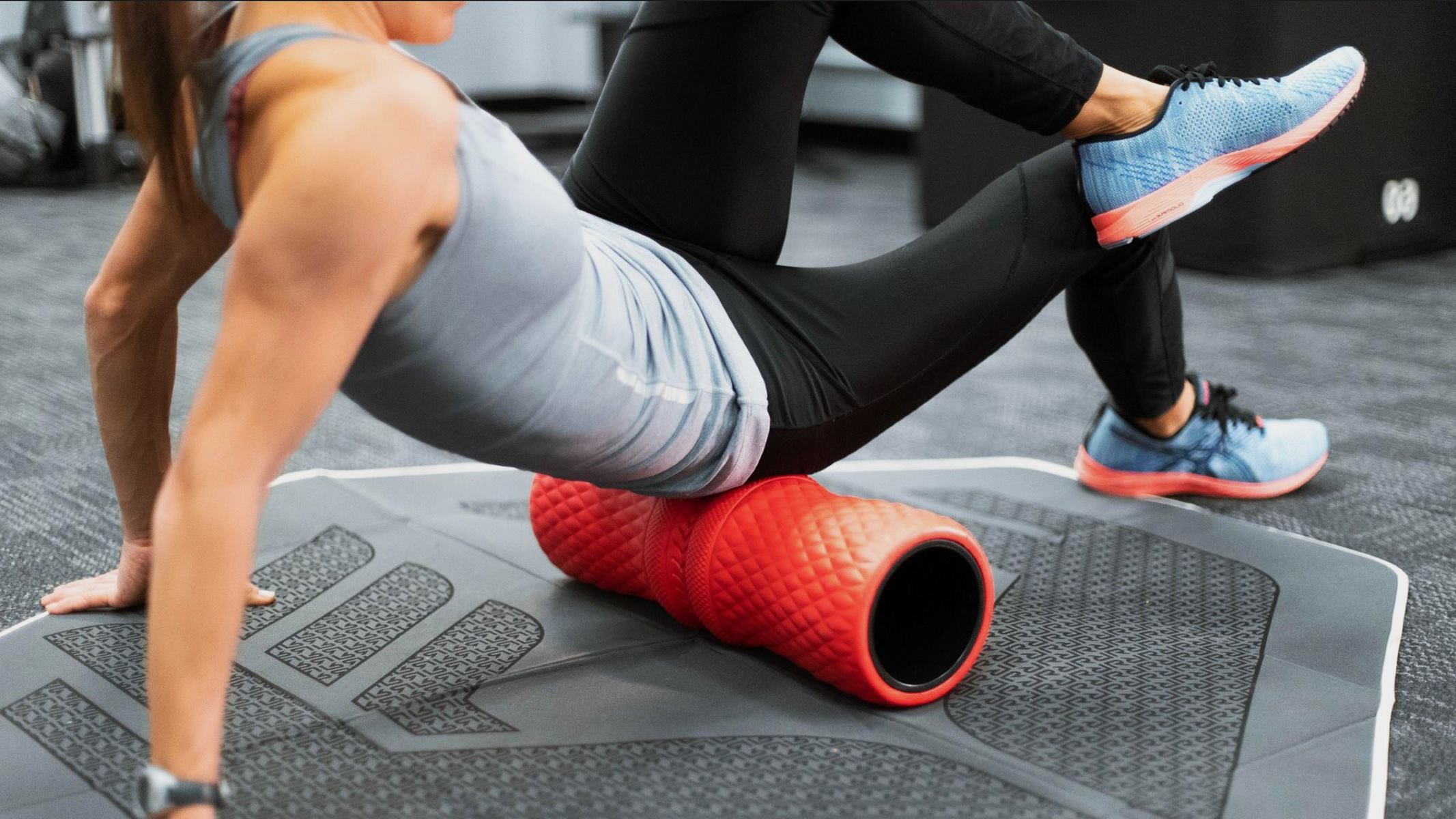Home>Health & Nutrition>Recovery>Which Is The Better Option For Recovery: A Hot Bath Or An Ice Bath?


Recovery
Which Is The Better Option For Recovery: A Hot Bath Or An Ice Bath?
Published: March 1, 2024
Discover the best recovery method for your body - hot bath or ice bath? Learn the benefits of each and make an informed decision for optimal recovery.
(Many of the links in this article redirect to a specific reviewed product. Your purchase of these products through affiliate links helps to generate commission for Therunningadvisor.com, at no extra cost. Learn more)
Table of Contents
Introduction
When it comes to post-exercise recovery, the debate between a hot bath and an ice bath has been a topic of interest among athletes, fitness enthusiasts, and healthcare professionals. Both methods have their proponents, each touting unique benefits for aiding in muscle recovery and reducing post-workout soreness. The decision between a hot bath and an ice bath can significantly impact the recovery process, making it essential to understand the distinct advantages of each approach.
In this comprehensive exploration, we will delve into the benefits of both hot and ice baths for recovery, providing valuable insights to help individuals make informed decisions based on their specific needs and preferences. By examining the physiological effects and potential outcomes of each method, we aim to shed light on the factors that should be considered when choosing between these two contrasting approaches to recovery. Whether you're a dedicated athlete seeking optimal performance or someone looking to alleviate the strains of a rigorous workout, understanding the implications of hot and ice baths can empower you to make the best choice for your recovery journey.
As we embark on this exploration, it's important to approach the topic with an open mind, recognizing that the effectiveness of recovery methods can vary based on individual responses. By embracing a balanced perspective, we can navigate the nuances of hot and ice baths, ultimately uncovering the most suitable approach for promoting post-exercise recovery and overall well-being. Let's delve into the compelling benefits of hot and ice baths, unraveling the science behind these contrasting techniques to pave the way for informed decision-making in the pursuit of enhanced recovery.
The Benefits of a Hot Bath for Recovery
A hot bath has long been revered for its therapeutic properties, offering a myriad of benefits for post-exercise recovery. When immersed in warm water, the body undergoes a series of physiological responses that can aid in alleviating muscle tension, promoting relaxation, and enhancing overall recovery. Here are the compelling advantages of incorporating a hot bath into your recovery regimen:
-
Muscle Relaxation: The warmth of a hot bath can induce muscle relaxation by increasing blood flow to the muscles. This enhanced circulation helps to alleviate muscle stiffness and soreness, facilitating a quicker recovery process after intense physical activity.
-
Stress Reduction: Immerse yourself in a hot bath, and you'll likely experience a notable reduction in stress and tension. The soothing warmth can have a calming effect on the mind and body, promoting relaxation and mental rejuvenation, which are essential components of effective recovery.
-
Improved Flexibility: The heat from a hot bath can contribute to improved flexibility by loosening tight muscles and enhancing joint mobility. This can be particularly beneficial for individuals seeking to optimize their range of motion and prevent injury during subsequent workouts.
-
Enhanced Circulation: The heat from a hot bath causes blood vessels to dilate, leading to improved circulation throughout the body. This heightened blood flow can aid in the delivery of essential nutrients and oxygen to the muscles, expediting the repair and recovery process.
-
Pain Relief: For individuals experiencing muscle soreness or discomfort, a hot bath can provide natural pain relief. The warmth of the water can help to soothe aching muscles and reduce the perception of pain, offering a comforting respite from post-exercise discomfort.
-
Mental Restoration: Beyond its physical benefits, a hot bath can also contribute to mental restoration. Taking the time to unwind in a warm bath can promote mental clarity, reduce anxiety, and enhance overall well-being, fostering a holistic approach to recovery.
Incorporating a hot bath into your recovery routine can be a rejuvenating and effective way to support your body's healing process after strenuous physical activity. By harnessing the therapeutic properties of warm water, individuals can experience a range of benefits that contribute to enhanced recovery, improved well-being, and a renewed sense of vitality.
The Benefits of an Ice Bath for Recovery
Immersing oneself in an ice bath, also known as cold water immersion, has gained popularity as a post-exercise recovery technique, particularly among athletes and fitness enthusiasts. The practice involves submerging the body in cold water, typically with temperatures ranging from 50 to 59 degrees Fahrenheit (10 to 15 degrees Celsius), for a specified duration, often between 10 to 20 minutes. While the prospect of submerging oneself in icy water may seem daunting, the potential benefits of an ice bath for recovery are compelling and can significantly impact the body's physiological responses to intense physical exertion.
Cryotherapy and Muscle Recovery
The primary advantage of an ice bath lies in its ability to harness the principles of cryotherapy, leveraging the application of cold temperatures to promote recovery and alleviate the effects of strenuous exercise. When the body is exposed to cold water, several physiological responses are triggered, each contributing to the potential benefits of ice baths for recovery:
-
Reduced Inflammation: Cold water immersion can help mitigate exercise-induced inflammation by constricting blood vessels and reducing the flow of inflammatory substances to the affected muscles. This constriction may aid in minimizing swelling and tissue damage, thereby expediting the recovery process.
-
Pain Relief: The numbing effect of cold water can provide natural pain relief, diminishing the perception of muscle soreness and discomfort following intense physical activity. This analgesic effect can offer respite from post-exercise pain, contributing to a more comfortable recovery experience.
-
Muscle Repair and Regeneration: Cold water immersion may facilitate the repair and regeneration of muscle tissue by promoting vasoconstriction, which helps to limit the extent of muscle damage. Additionally, the cold temperature can potentially enhance the body's natural recovery mechanisms, supporting the healing process at a cellular level.
-
Improved Circulation: While cold water immersion initially causes vasoconstriction, the subsequent rewarming of the body can lead to vasodilation, resulting in improved circulation. This enhanced blood flow can aid in the removal of metabolic byproducts from the muscles, potentially accelerating the recovery process.
-
Enhanced Recovery Potential: By creating a physiological environment conducive to recovery, ice baths have the potential to enhance the body's overall recovery capacity, allowing individuals to bounce back more effectively from intense physical exertion.
Mental and Physical Revitalization
In addition to its physiological benefits, the invigorating nature of an ice bath can contribute to mental and physical revitalization, offering a holistic approach to post-exercise recovery:
-
Mental Clarity and Alertness: The shock of cold water immersion can stimulate mental alertness and clarity, providing a refreshing and invigorating experience that can help individuals feel rejuvenated and revitalized.
-
Reduction of Fatigue: The bracing effect of cold water can help combat feelings of fatigue and lethargy, potentially revitalizing the body and mind after demanding physical activity.
-
Enhanced Well-Being: The exhilarating sensation of an ice bath can promote a sense of well-being, potentially uplifting mood and fostering a positive outlook on the recovery process.
Incorporating ice baths into a comprehensive recovery regimen can offer a range of benefits that extend beyond the physical realm, encompassing mental rejuvenation and overall well-being. While the prospect of immersing oneself in icy water may initially evoke trepidation, the potential rewards of ice baths for recovery underscore their value as a compelling recovery modality.
The decision to incorporate ice baths into a recovery routine should be approached with careful consideration, taking into account individual preferences, tolerance for cold exposure, and specific recovery goals. By understanding the potential benefits of ice baths and their impact on the body's recovery mechanisms, individuals can make informed decisions to optimize their post-exercise recovery and overall well-being.
Considerations for Choosing Between a Hot Bath and an Ice Bath
When deliberating between a hot bath and an ice bath for post-exercise recovery, several key considerations come into play, each bearing significance in determining the most suitable approach for individual needs and preferences. Understanding the distinct physiological effects and potential outcomes of both hot and ice baths can guide individuals in making informed decisions, ensuring that their chosen recovery method aligns with their specific goals and comfort levels.
Temperature Preference and Tolerance
One of the primary considerations when choosing between a hot bath and an ice bath is individual temperature preference and tolerance. Some individuals may find the enveloping warmth of a hot bath to be soothing and comforting, promoting relaxation and muscle relief. In contrast, others may gravitate towards the invigorating sensation of an ice bath, embracing the bracing cold as a means of revitalization. Assessing personal temperature preferences can play a pivotal role in determining which recovery modality resonates most effectively.
Recovery Goals and Physical Condition
The specific recovery goals and physical condition of an individual also warrant careful consideration when selecting between a hot bath and an ice bath. Those seeking to alleviate muscle tension, enhance flexibility, and promote mental relaxation may find the attributes of a hot bath to be conducive to their recovery objectives. Conversely, individuals aiming to mitigate inflammation, reduce muscle soreness, and invigorate their senses may lean towards the potential benefits of an ice bath. Tailoring the choice of recovery modality to align with specific recovery goals and physical condition can optimize the overall effectiveness of the chosen method.
Sensory and Psychological Preferences
Beyond the physiological effects, sensory and psychological preferences play a significant role in the decision-making process. Some individuals may derive comfort and tranquility from the enveloping warmth of a hot bath, finding solace in the gentle embrace of the water. Others may embrace the invigorating shock of an ice bath, relishing the revitalizing sensation and the mental clarity it can evoke. Understanding the sensory and psychological nuances of each recovery modality can empower individuals to select the approach that resonates most harmoniously with their sensory and emotional inclinations.
Recovery Environment and Accessibility
Practical considerations, such as the availability of suitable recovery facilities and the accessibility of hot and ice baths, also factor into the decision-making process. Individuals may find that their immediate environment and resources influence their choice between a hot bath and an ice bath, with factors such as access to hot water, ice, and appropriate bathing facilities impacting the feasibility of each recovery modality. Assessing the practicality and convenience of integrating hot and ice baths into a regular recovery routine can inform the decision-making process, ensuring that the chosen approach aligns with the individual's lifestyle and logistical considerations.
By carefully evaluating these considerations, individuals can make informed decisions when choosing between a hot bath and an ice bath for post-exercise recovery. Recognizing the nuanced interplay of personal preferences, recovery goals, and practical considerations can empower individuals to embrace a recovery modality that resonates harmoniously with their unique needs, ultimately fostering an optimal post-exercise recovery experience.
Conclusion: Making the Best Choice for Recovery
In the pursuit of effective post-exercise recovery, the decision between a hot bath and an ice bath holds significant implications for individuals seeking to optimize their recovery experience. By delving into the distinct benefits of each approach and considering the multifaceted factors that influence the choice between hot and ice baths, individuals can navigate the decision-making process with clarity and purpose.
Ultimately, the best choice for recovery hinges on a harmonious alignment of individual preferences, recovery goals, and practical considerations. Whether one gravitates towards the enveloping warmth of a hot bath, seeking muscle relaxation, stress reduction, and enhanced flexibility, or embraces the invigorating shock of an ice bath, aiming to mitigate inflammation, alleviate muscle soreness, and promote mental and physical revitalization, the chosen recovery modality should resonate authentically with one's unique needs and aspirations.
The interplay of temperature preference and tolerance, recovery goals and physical condition, sensory and psychological inclinations, and practical considerations collectively shapes the decision-making process, guiding individuals towards a recovery modality that complements their lifestyle and fosters a holistic approach to post-exercise recovery.
In essence, the best choice for recovery transcends a mere selection between hot and ice baths; it embodies a personalized, mindful, and informed decision that honors the intricate interplay of physical, mental, and emotional well-being. By embracing a recovery modality that resonates authentically with their individual needs, individuals can cultivate a nurturing and effective post-exercise recovery experience, fostering a sense of vitality, rejuvenation, and overall well-being.
As individuals embark on their recovery journey, it is essential to approach the decision-making process with an open mind, recognizing that the effectiveness of recovery methods can vary based on individual responses. By embracing a balanced perspective and honoring the nuances of hot and ice baths, individuals can empower themselves to make the best choice for their recovery journey, fostering a sense of empowerment and well-being as they navigate the path to enhanced post-exercise recovery.
In the tapestry of recovery modalities, the choice between a hot bath and an ice bath represents a unique opportunity for individuals to embrace a recovery approach that resonates authentically with their needs, aspirations, and well-being. By honoring the diverse benefits of each method and considering the multifaceted factors that influence the decision-making process, individuals can embark on a journey of recovery that is tailored, mindful, and deeply enriching, ultimately fostering a sense of vitality, balance, and holistic well-being.

